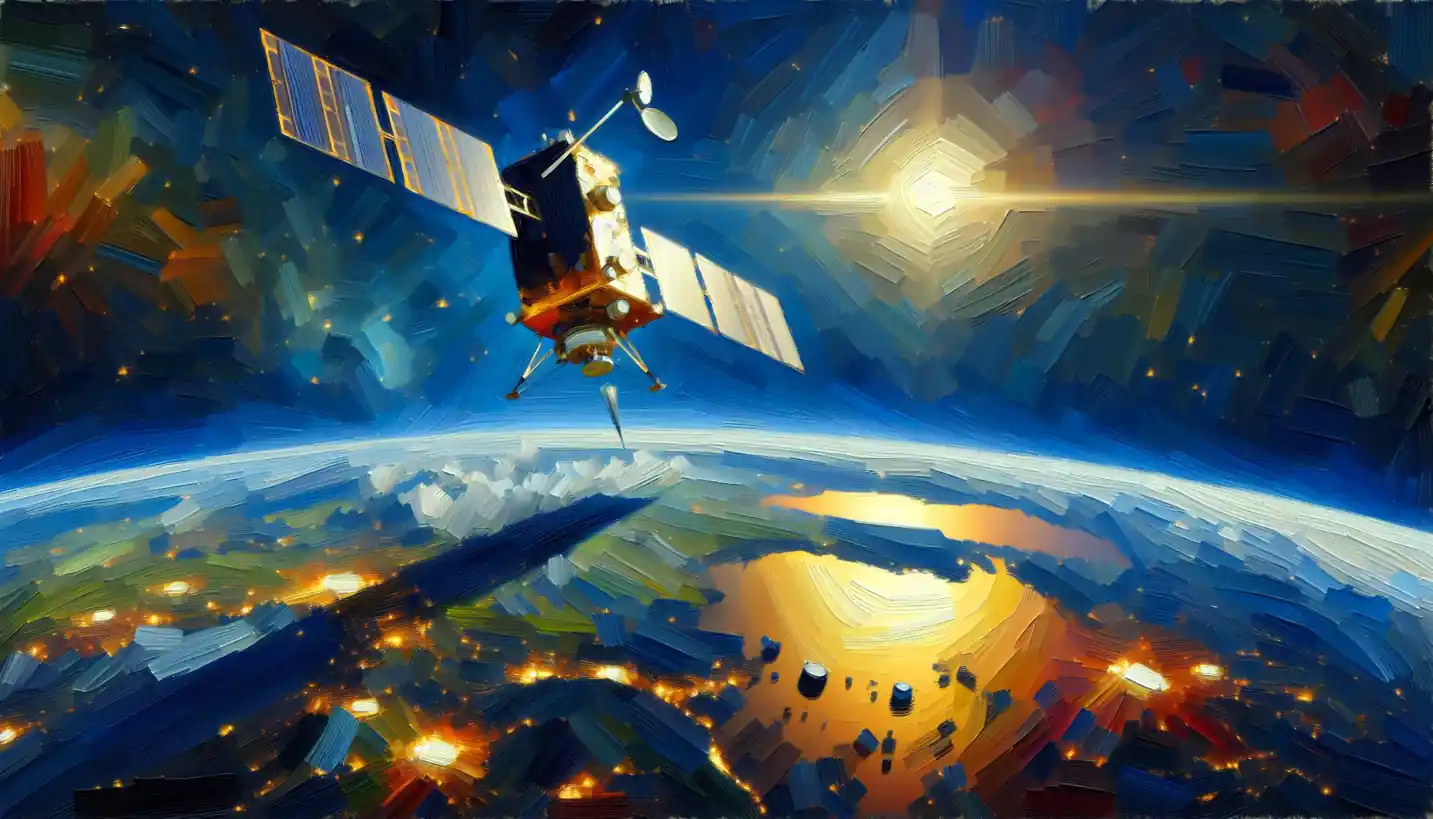· Engineering · 5 min read
Chain Reaction: The Marvel Behind Nuclear Energy and Engineering
Ever wondered what drives a nuclear reaction? The chain reaction is the incredible process that keeps nuclear power plants running smoothly and efficiently.

Chain reactions are a fascinating concept at the heart of nuclear engineering. They might sound complicated, but they play a crucial role in how we harness energy, both for peaceful purposes and, historically, for more destructive ones. Let’s dive into the intriguing world of chain reactions and see what makes them tick and why they matter so much.
Chain reactions come into play when a single nuclear reaction causes additional reactions to occur. It’s a bit like throwing a small stone into a calm pond and watching the ripples spread out. Except here, the pond is an atomic nucleus, and the ripples you see have the potential to unleash enormous amounts of energy.
Breaking Down the Basics
At its core, a nuclear chain reaction involves the splitting of an atom’s nucleus. This process is known as nuclear fission. When a heavy nucleus, like that of uranium-235 or plutonium-239, absorbs a neutron, it becomes unstable and splits into two smaller nuclei, along with a few free neutrons and a significant amount of energy in the form of heat.
These newly released neutrons can then collide with other heavy nuclei, causing them to split as well. If each fission event causes further reactions, you get a self-sustaining series of reactions—or a “chain reaction.”
The Birth of a Reaction
The concept of the chain reaction is not just theoretical—it has been practically applied and witnessed. It all began with the work of scientists like Enrico Fermi and the famous physicist Leo Szilard during the early 20th century. In 1942, Fermi and his team successfully created the first controlled nuclear chain reaction at the University of Chicago, inside a structure known as the Chicago Pile-1.
This momentous event marked the dawn of the atomic age. It demonstrated that humans could control and sustain a nuclear reaction, paving the way for both nuclear reactors and nuclear weapons. The possibilities seemed endless, and the scientific community was abuzz with the potential uses of nuclear energy.
Controlled Reactions in Nuclear Power
In nuclear power plants, controlling the chain reaction is crucial. Unlike the uncontrolled reactions in a nuclear bomb, power plants need to harness the energy slowly and safely. This is where nuclear reactors come into play. They are designed to maintain a steady and controlled chain reaction to produce energy over an extended period.
Control rods, usually made of materials like cadmium, hafnium, or boron, are used to absorb excess neutrons and regulate the fission process. By adjusting these rods, operators can control the rate of the reaction, ensuring safety and efficiency.
Nuclear reactors provide a significant percentage of the world’s electricity, producing power without the carbon emissions associated with fossil fuels. This makes them an attractive option in the fight against climate change.
Metaphors to Understand Chain Reactions
Think of a chain reaction like a series of falling dominoes. You push one, it topples the next, and soon, an entire line is down. In the case of nuclear reactions, it’s not dominoes but neutrons that are setting off each subsequent event. Each fission reaction is meticulously controlled to ensure it continues smoothly, producing energy steadily without spiraling out of control.
The Challenges and Risks
Despite their potential, nuclear chain reactions are not without risks. The same principles that allow for controlled reactions can, if mismanaged, lead to catastrophic failures. The infamous Chernobyl disaster is a stark reminder of what can go wrong when a reaction escapes control.
Safety protocols, system redundancies, and rigorous regulations are in place today to prevent such incidents. Engineers constantly work to improve these systems, balancing the need for energy with the imperative of safety.
Future Frontiers: Fusion and Beyond
While we’ve been mastering fission, another form of chain reaction—nuclear fusion—holds immense promise. Fusion involves combining light nuclei, like hydrogen, rather than splitting heavy ones. The sun itself runs on fusion, burning brightly for billions of years.
Scientists worldwide are racing to replicate fusion on Earth. If achieved, it could provide a nearly limitless energy source with minimal waste and zero risk of meltdown. Projects like the International Thermonuclear Experimental Reactor (ITER) aim to make fusion a viable energy option in the future.
Why Chain Reactions Matter
The concept of chain reactions is vital not only for energy production but also for scientific research and medical applications. For instance, nuclear medicine uses radioisotopes to diagnose and treat diseases, impacting millions of lives positively.
On a broader scale, understanding chain reactions helps us comprehend the universe. From the sun’s life-giving warmth to the remnants of stars scattered across galaxies, nuclear reactions are a key player in cosmic events.
Curiosity Leads Us Forward
Nuclear chain reactions remain one of the most powerful tools discovered by humanity. They come with both great responsibility and immense potential. Every step towards safer, cleaner, and more efficient use of this power propels us forward in our quest to understand and improve the world.
Questions like how we can better harness fusion or how much faster we can improve reactor safety continue to inspire scientists and engineers. As we look to the future, chain reactions remind us of the delicate balance between scientific advancement and ethical responsibility.
By delving into the world of nuclear engineering, we’re not just unlocking energy; we’re exploring the very forces that shape the universe, leaving us with a sense of wonder at what more we can discover.


